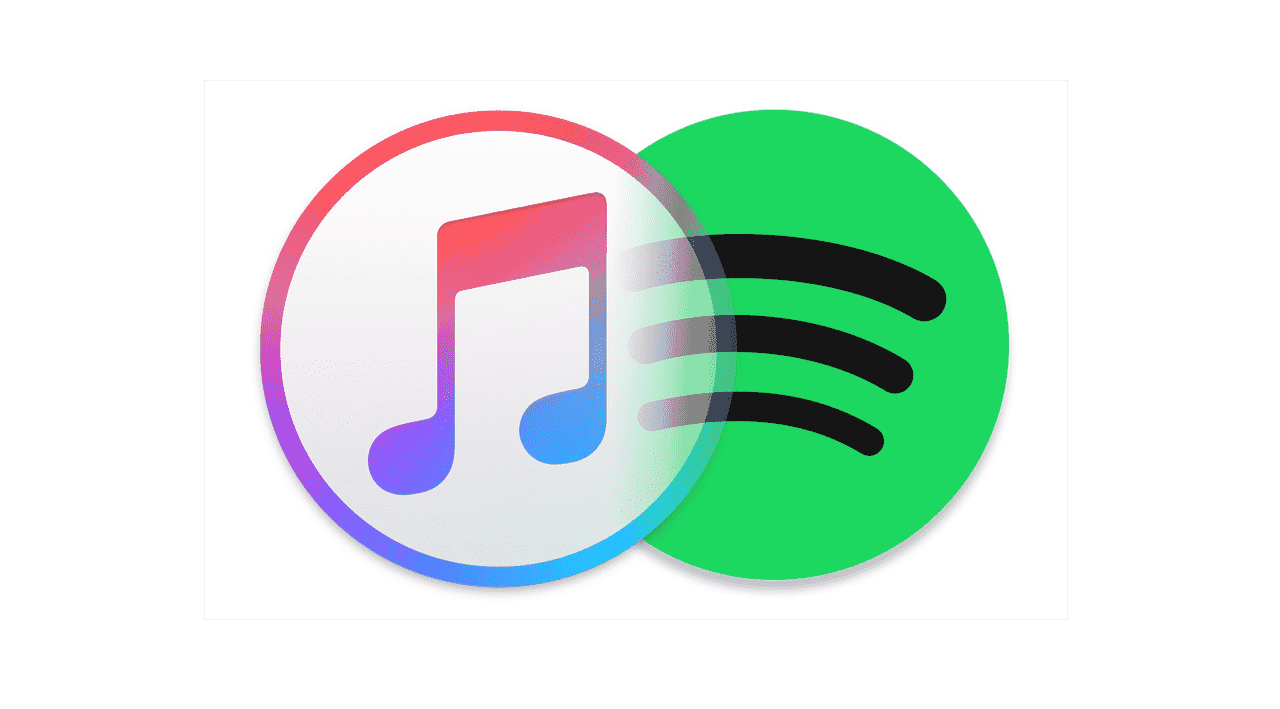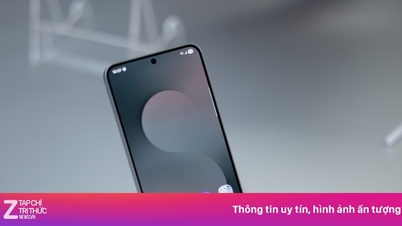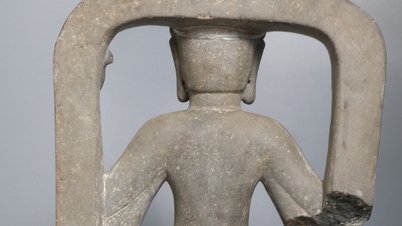Many Spotify users on Apple devices have tried switching to Apple Music for a while, but then returned to their old choice, or continued to use both services in parallel to take advantage of the advantages of both services, as well as enrich the music listening experience. But few of them have chosen to leave Spotify, even though they are using Apple's device ecosystem.
Why do people try Apple Music?
For those who are using the music service provided by Spotify, they will surely see some of the problems that are not good about this platform. Among them, Spotify constantly recommends certain songs over and over again, which is frustrating for many customers, but the company does not seem to change the algorithm.

Apple Music and Spotify music streaming services have large user bases around the world.
This is so annoying that the service's year-end summary of music recommendations looks more like a summary of recommended tracks than a breakdown of users' personal listening preferences.
In addition, another annoying issue is that in 2024, Spotify disappointed by abusing AI instead of using human creativity. This contributed to pushing users to look for another music listening service to satisfy their personal preferences, and Apple Music is one of the most promising candidates today because of the large number of iPhone and Apple-made device users.
But there are still people who are forced to return to Spotify.
The change brought a new experience for a while, but users also began to realize that Apple Music also has certain limitations and can be more annoying than Spotify. One of the missing features of the service provided by Apple is a seamless and flexible experience like Spotify Connect.
This is a feature that allows all versions of Spotify running on different platforms, different devices to "communicate", as long as they use the same account. For example, users can start listening to the application on their phone, but when they sit down at their computer, they can continue playing music without interruption from this device, then control the song and volume from the smart watch they are wearing on their wrist (if this device supports the Spotify application).

Music streaming is a growing industry and users expect seamless experiences in today's multi-device world.
On the green music service interface, users will see a green bar at the bottom with the words "Playing on..." and the name of the device the software is running to play music. This content is synchronized across all devices that are running the same Spotify account. From there, users can transfer music to play on different devices as desired. Even if the music playback starts from a smart speaker, this device will know where the computer is, which music album is playing, and continue that process.
Apple Music, on the other hand, doesn’t have that kind of functionality. The desktop app doesn’t know what’s going on on the phone, and vice versa. If you want to switch to another device and continue listening, you have to manually find the song again. This is true even for smart speakers. If you ask your speaker to play music without saying a specific song or album, Apple Music will start playing randomly from a playlist.
Users will not have a hard time finding similar experiences from many other Apple Music and Spotify account holders sharing about this issue every day on community groups on the internet. But no one can explain why Apple with a software ecosystem that has a seamless experience between iOS, iPadOS, watchOS, macOS... allows this to happen to its music service.
Source: https://thanhnien.vn/ly-do-mot-so-nguoi-dung-chon-spotify-thay-vi-apple-music-18525012809455392.htm



![[Photo] Rescuing people in flooded areas at the foot of Prenn Pass overnight](https://vphoto.vietnam.vn/thumb/1200x675/vietnam/resource/IMAGE/2025/9/6/19095b01eb844de98c406cc135b2f96c)
![[Photo] Prime Minister Pham Minh Chinh attends the 80th anniversary of the founding of Voice of Vietnam Radio Station](https://vphoto.vietnam.vn/thumb/1200x675/vietnam/resource/IMAGE/2025/9/7/abdcaa3d5d7f471abbe3ab22e5a35ec9)

![[Photo] Prime Minister Pham Minh Chinh attends the 80th Anniversary of the Vietnam Posts and Telecommunications Group](https://vphoto.vietnam.vn/thumb/1200x675/vietnam/resource/IMAGE/2025/9/6/39a89e5461774c2ca64c006d227c6a4e)

![[Photo] General Secretary To Lam attends the 55th anniversary of the first television program broadcast](https://vphoto.vietnam.vn/thumb/1200x675/vietnam/resource/IMAGE/2025/9/7/8b8bd4844b84459db41f6192ceb6dfdd)
























































![[COMING UP] Workshop: Resolving concerns for Business Households about eliminating lump-sum tax](https://vphoto.vietnam.vn/thumb/402x226/vietnam/resource/IMAGE/2025/9/7/5627bb2d0c3349f2bf26accd8ca6dbc2)











































Comment (0)